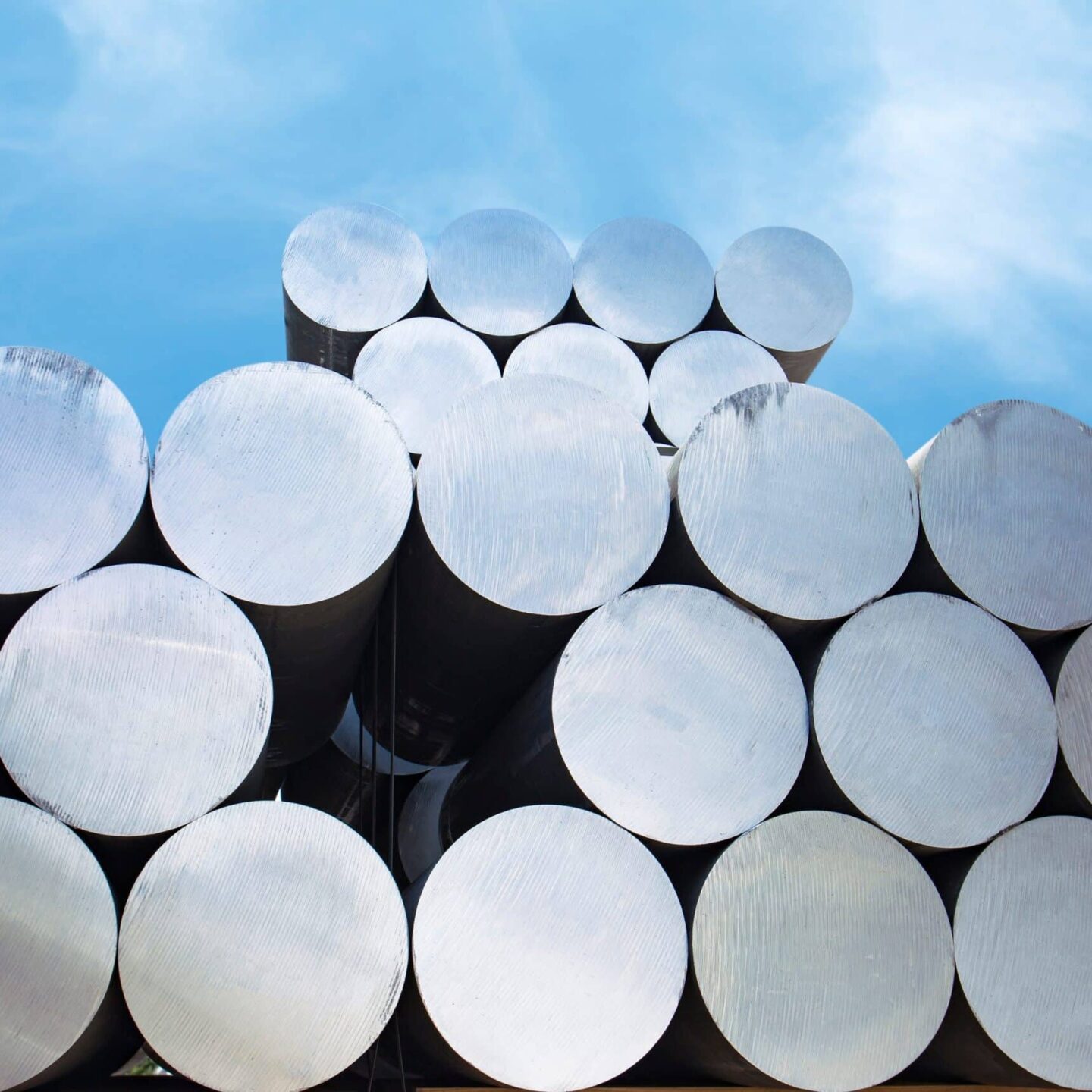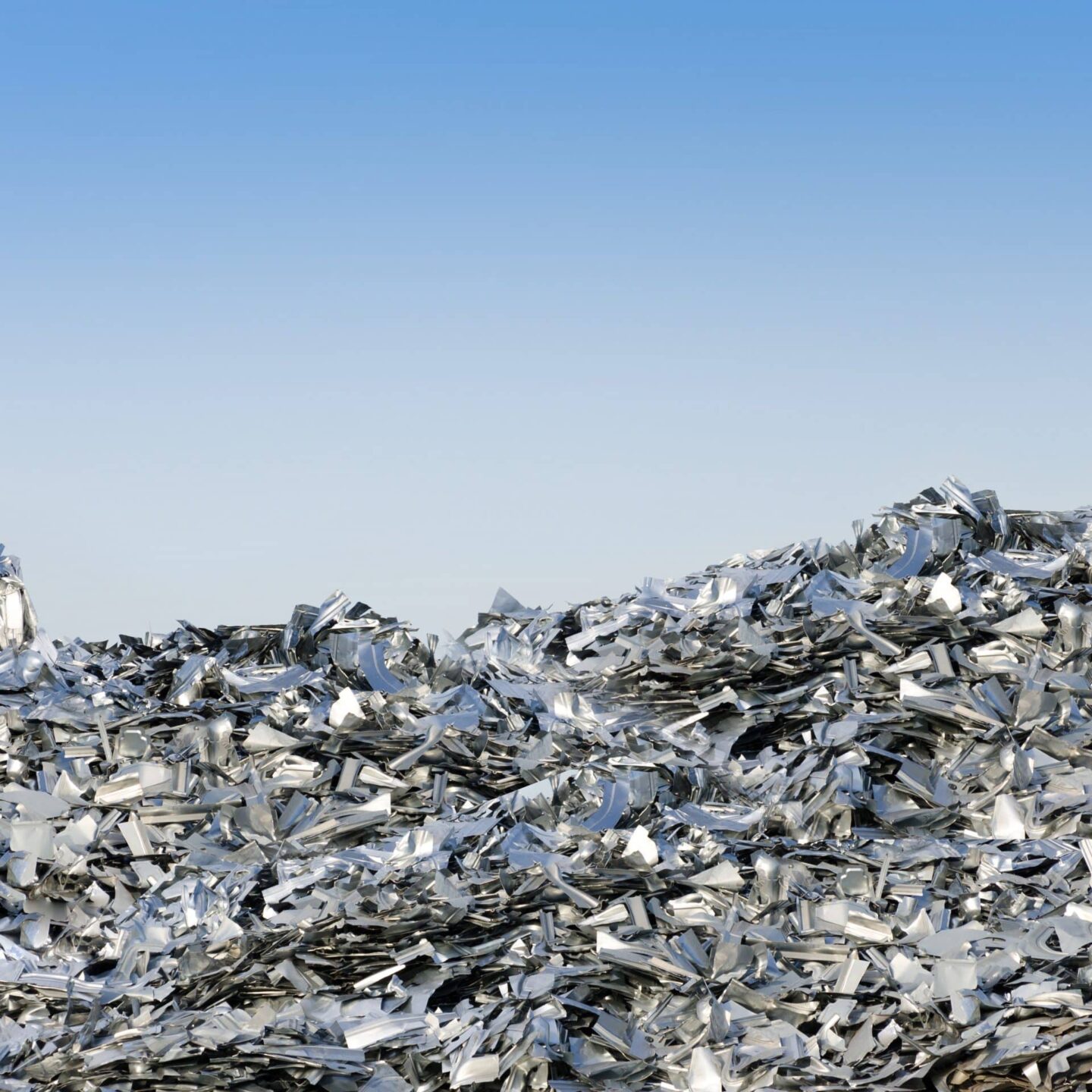This Guidance explores and explains the sustainable management of bauxite residue.
Bauxite residue – also known as ‘red mud’ – is produced when extracting alumina from bauxite during the Bayer Process. Approximately 1.2 tonnes of residue is generated per tonne of alumina produced. To manage this residue sustainably, the industry continues to strive for Bauxite Residue Storage Facilities (BRSF) that are managed effectively until closure and rehabilitation to make them able to support vegetation and other land uses.
The Sustainable Bauxite Residue Management Guidance explores and explains the lifecycle of bauxite residue and, through relevant case studies, shows how stakeholders can play an active role in its sustainable management. It also highlights the ongoing work in developing innovative solutions such as residue as a raw material for other products and the extraction of potentially valuable materials.
Chinese Mandarin, Portuguese, Arabic and French translations will be available in the coming months.





